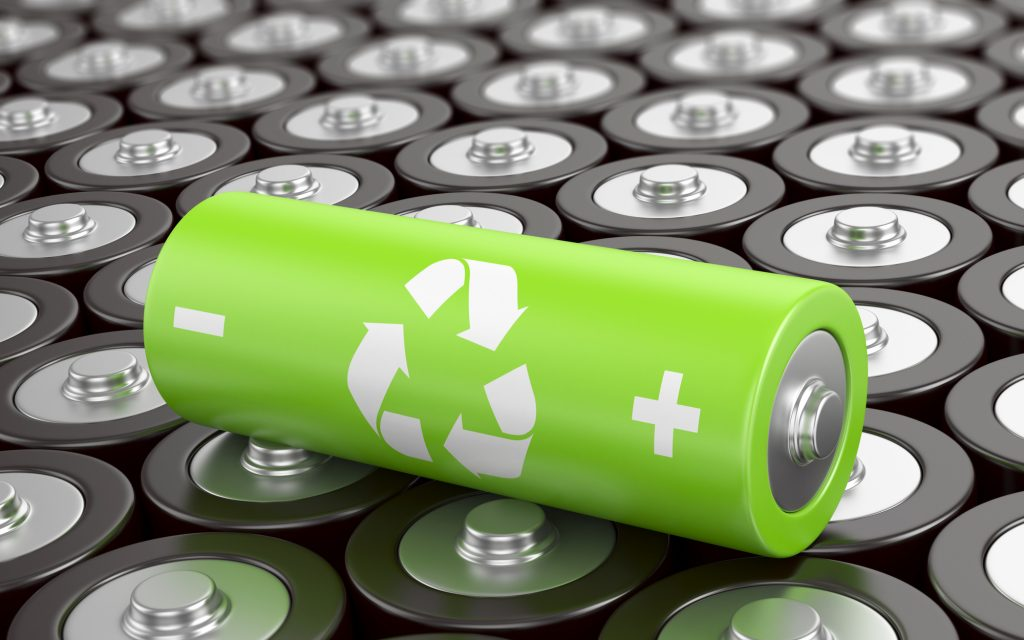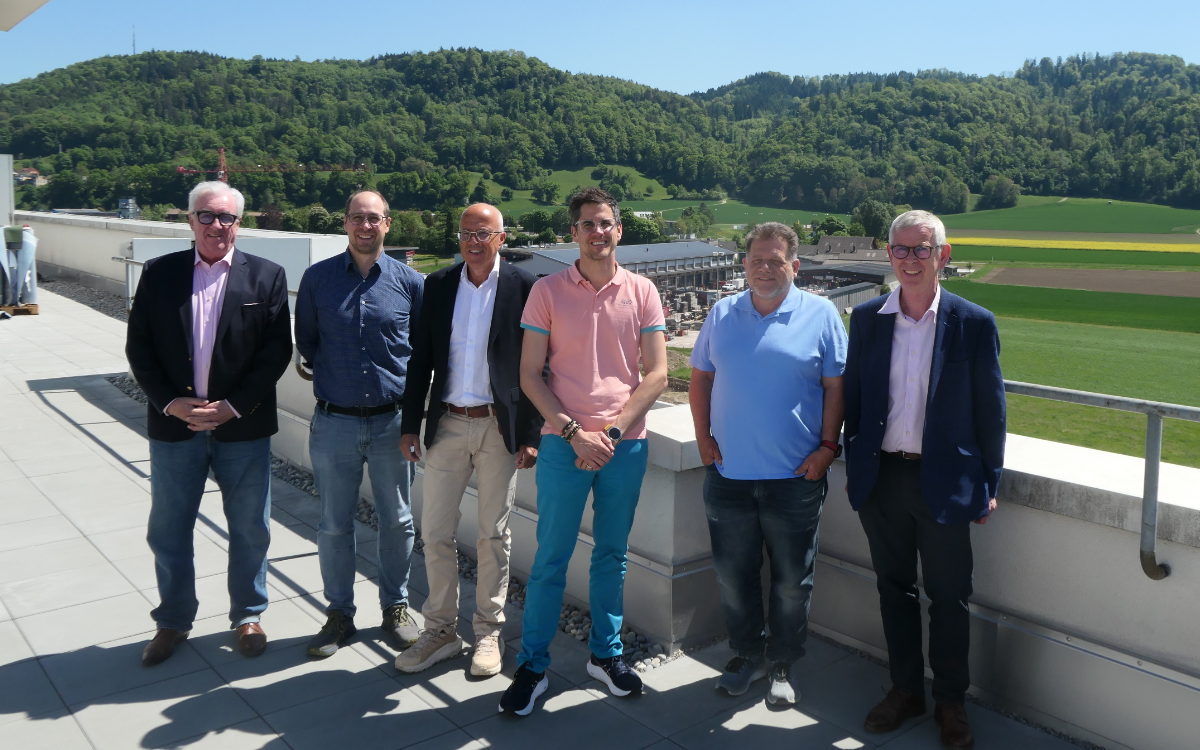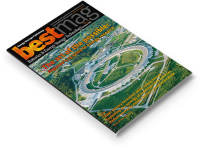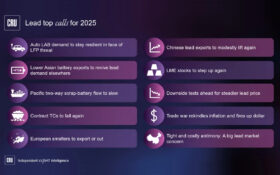Recycling of used lead-acid batteries and lead scrap is set out in a new standard operating procedure (SOP) from India’s Ministry of Environment, Forestry, and Climate Change (MoEFCC). The aim is to reduce environmental and health hazards, it said.
The SOP permits rotary and mandir bhatti furnaces, as long as they stick to strict pollution control. Suction hoods must be incorporated into air pollution control.
The SOP places a clear emphasis on battery-breaking processes, endorsing safe methods such as manual cutting or mechanical breaking after acid drainage. Facilities must maintain separate covered storage.
They need to have acid-proof flooring, dedicated acid collection tanks and robust pollution control systems for effective waste management, according to the SOP.
Limits for lead concentrations in the work area air (0.05mg/m3), emissions through the stack (10.0mg/Nm3), effluents (0.10mg/l), and ambient air near the factory boundary (1.0mg/m3). The SOP emphasises the liability of the occupier in the event of environmental damage resulting from improper handling of battery waste.
Workers’ blood lead levels must be checked at least once a year. If higher than 42µg/dl, workers must be removed to non-lead activities.
Import procedures for used lead batteries stipulate shrink or stretch wrapped pallet stacks, and air tight to prevent gas within the pallets. They must be properly labelled as acid-containing material. Imported used lead-acid batteries must also have tightly secured cell caps during transportation.
Breaking facilities are required to have acoustic enclosures for noise control, as well as dust and fume extraction, acid collection and neutralisation. There should be a separate, secured and covered space for storage of residue and slag.












